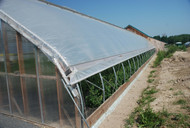Ventilation is a critical component of a greenhouse growing strategy. Proper ventilation is required to keep fresh air flowing through the greenhouse, regulating temperatures and controlling humidity to allow plants to thrive.
There are two primary methods of greenhouse ventilation – passive (or natural) and active (or mechanical) ventilation. Here are some of the differences between these greenhouse ventilation strategies and the pros and cons of each.
Passive Greenhouse Ventilation
Passive ventilation, or natural ventilation, is using openings in the greenhouse structure – such as roof and side vents, doors and roll up sides – to let air in and out. Passive ventilation relies on natural forces, like the wind and temperature differences, to move air through the greenhouse.
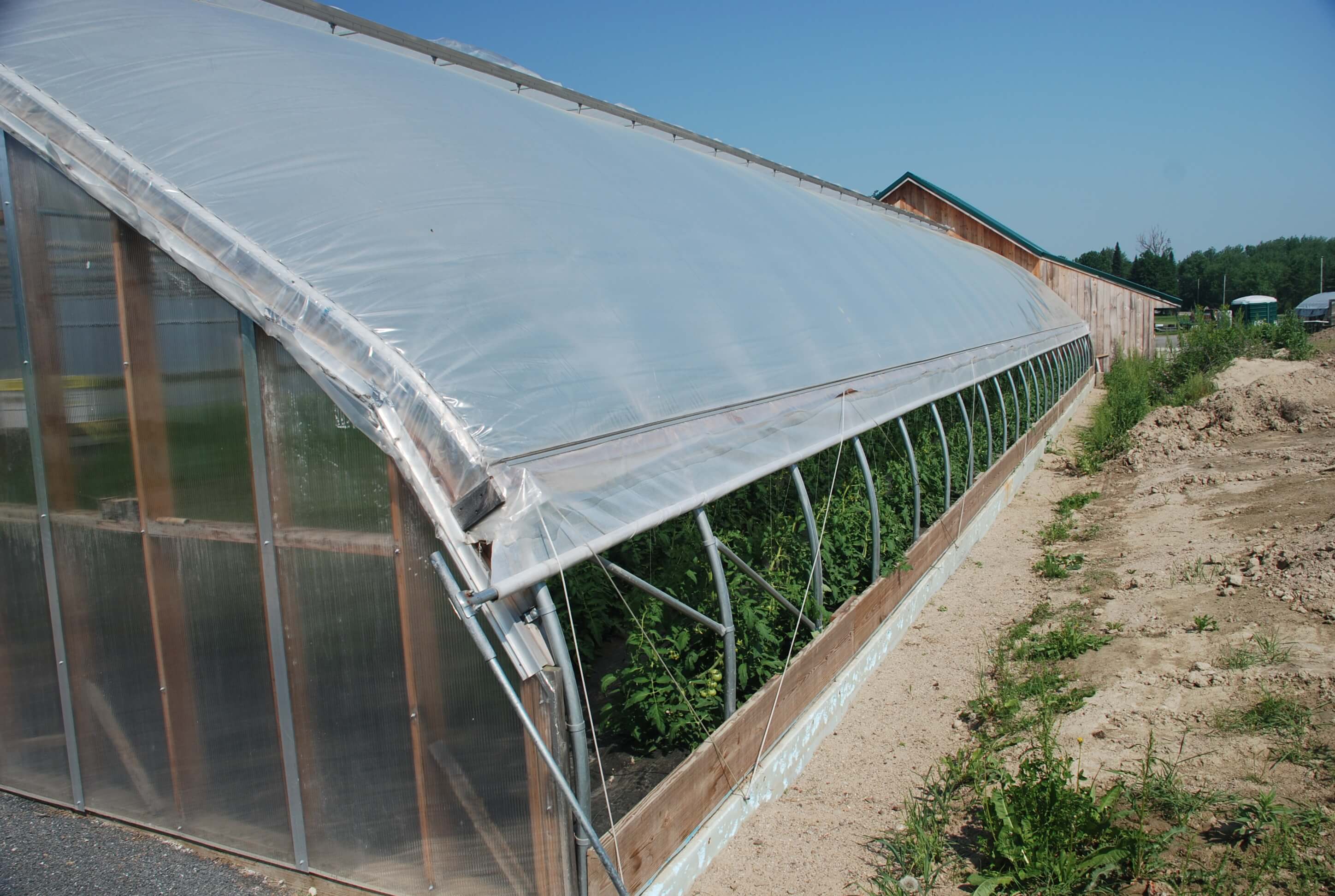
This strategy is low-cost and energy-efficient, but it can be imprecise and more labor intensive to manage. If you are relying strictly on passive ventilation for your greenhouse cooling, careful design is also required for the system to work well – think, placement of your vents, orientation of the greenhouse for prevailing winds, etc.
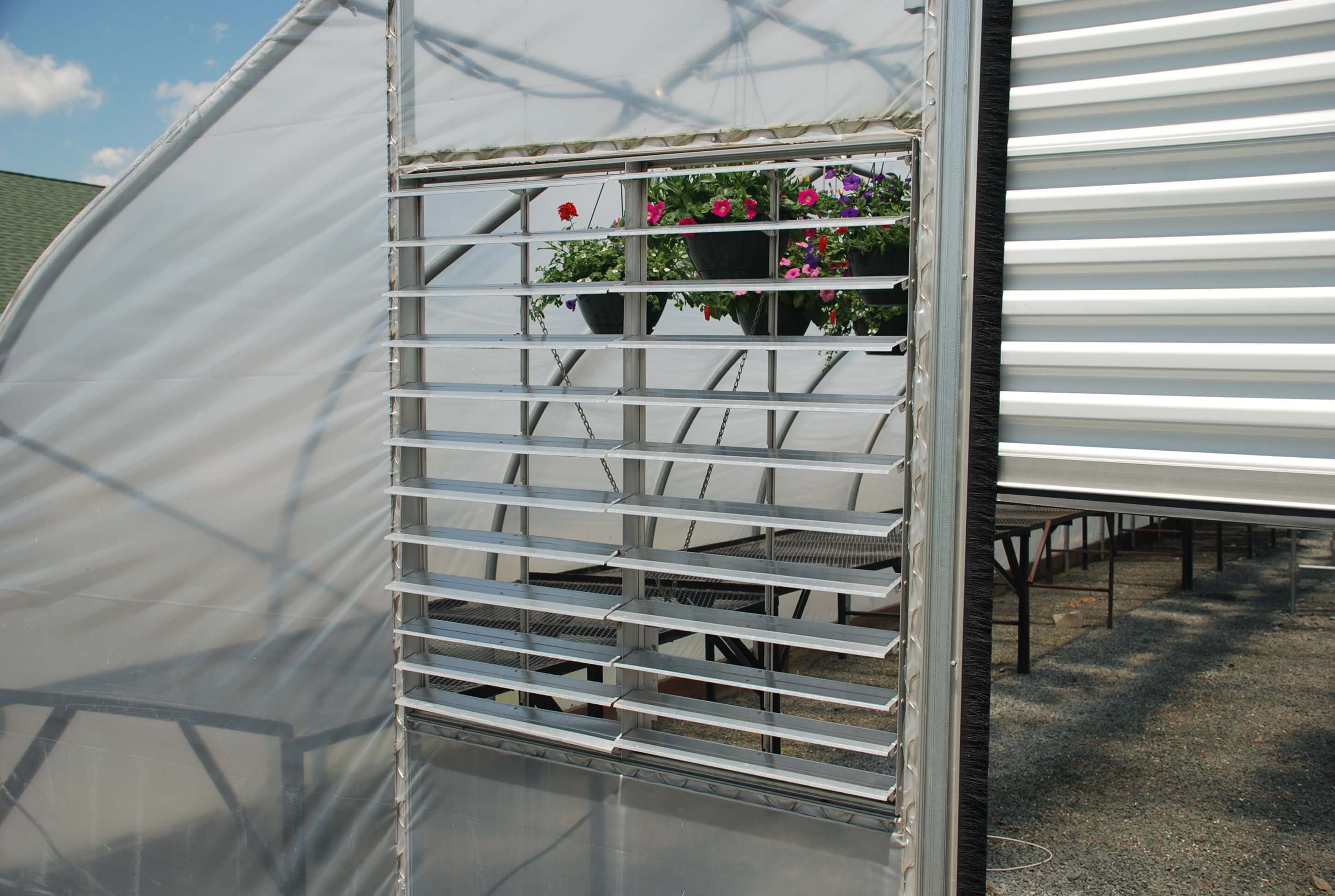
Active Greenhouse Ventilation
Active ventilation, also known as mechanical ventilation, uses electricity to power fans and other equipment that circulates air through the greenhouse. Active ventilation methods include:
- Exhaust fans, which exchange air from inside and outside the greenhouse
- HAF fans, which move air around inside of the greenhouse
- Air exchange systems, which create a constant flow of air from one end of the greenhouse to the other

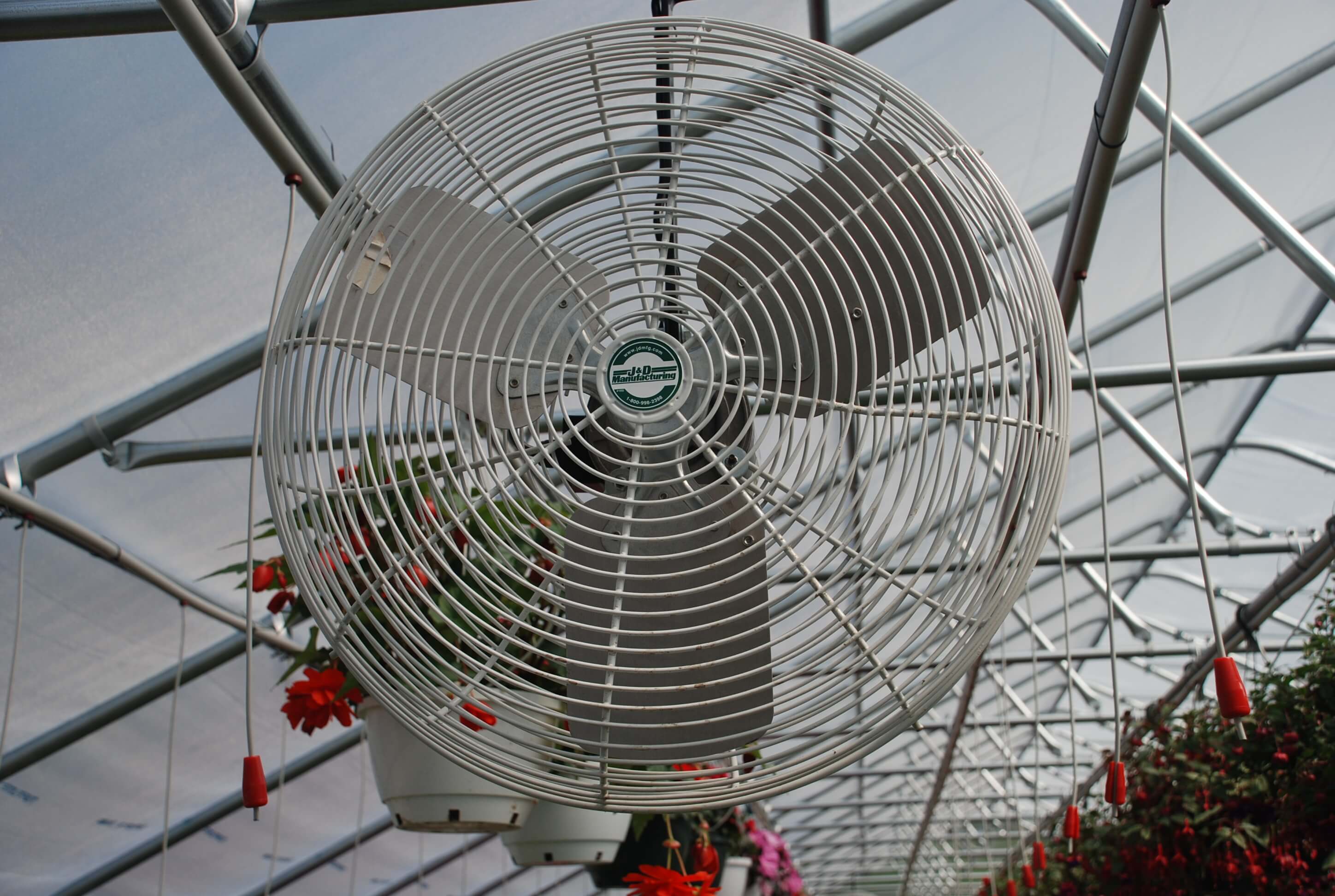
Active ventilation systems require electricity and are typically more expensive to manage. However, a well-managed active ventilation system can provide a significant ROI by vastly improving growing conditions. These systems can connect to a thermostat or sophisticated environmental control system for more precise management with less labor.
Learn more: How to Size Greenhouse Fans & Shutters
Combining Natural and Mechanical Ventilation
Greenhouse ventilation does not require an either/or approach – a combination of passive and active cooling strategies is often the most effective way to manage your greenhouse environment. For example, your greenhouse could have roll-up sides and peak shutters (motorized or manual), as well as HAF fans for internal air movement. This kind of hybrid approach offers the best of both worlds.
Automating Your Greenhouse Ventilation with an Environmental Control System
Both natural and mechanical greenhouse ventilation equipment can be automated with an environmental control system. Whether you use natural or mechanical ventilation or a combination approach, automating your ventilation with an environmental control system is one of the best upgrades that you can make for your greenhouse.

In fact, recent field research by Dr. Vern Grubinger with the University of Vermont Extension looked at some of the key differences in growing strategies among top-producing tomato growers in New England. The study observed that top-yielding growers more commonly used automated roll-up sides and HAF fans in their high tunnels.
Learn more: Why Use HAF Fans in Your Greenhouse?
The ROI of Automated Cooling
To understand the ROI of automation, consider manual vs. automated roll-up sides. If your roll-up sides are not automated, you will have to decide when to open and close them based on your own temperature observations.
If you open your roll-up sides even one hour too early, you risk creating a sharp drop in temperature inside the greenhouse. This means it will then take more time for the greenhouse to heat to the optimal growing temperature for the plants inside. Open one hour too late and you risk overheating the greenhouse and stressing your plants. It can be difficult to then bring the greenhouse temperature down as outside temperatures rise through the day.
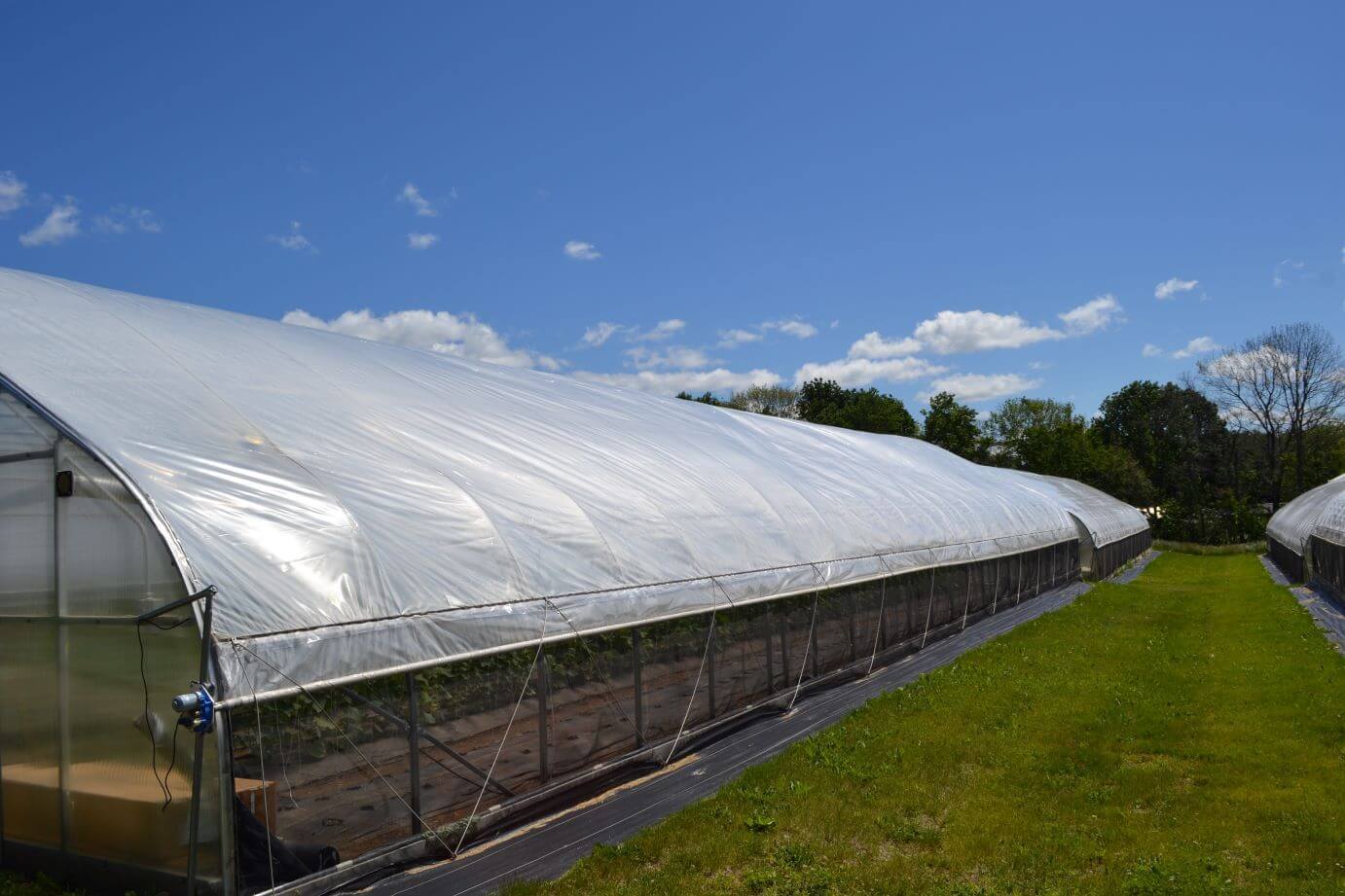
An automated system will open and close the roll-up sides multiple times throughout the day to give your plants the maximum amount of time in optimal growing conditions. Even one to two extra hours of growth per day can result in a huge difference in crop yields, paying off your investment in as little as one growing season!
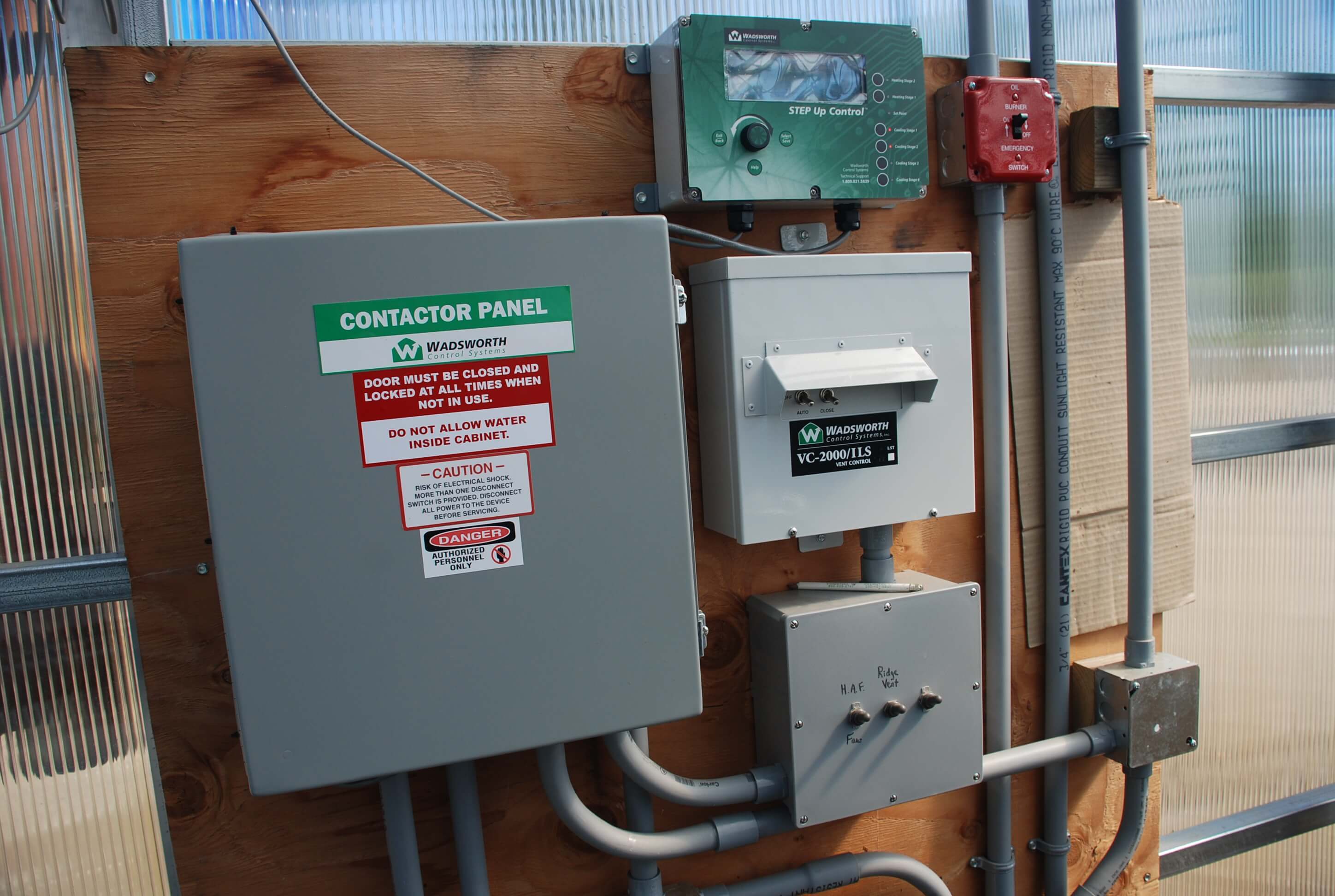
An environmental controller can be fully integrated to automate all parts of your greenhouse system, controlling roll-up sides, fans, shutters and more. Depending on the complexity of the controller that you select, you can monitor and adjust ventilation based on set times, temperature and humidity thresholds, or even light measurements. By consistently monitoring greenhouse conditions and adjusting on-the-fly, your automated system can keep your environment attuned to the needs of your plants without constant monitoring and adjusting.

